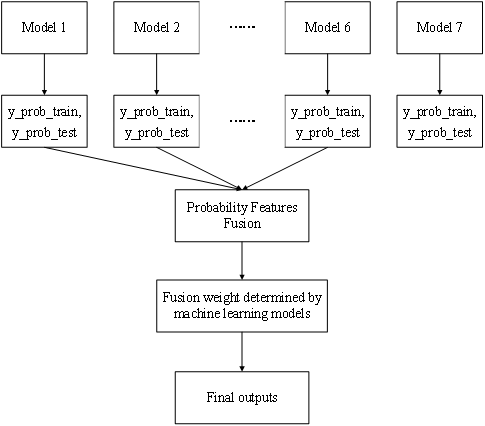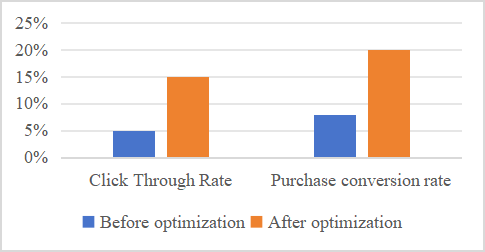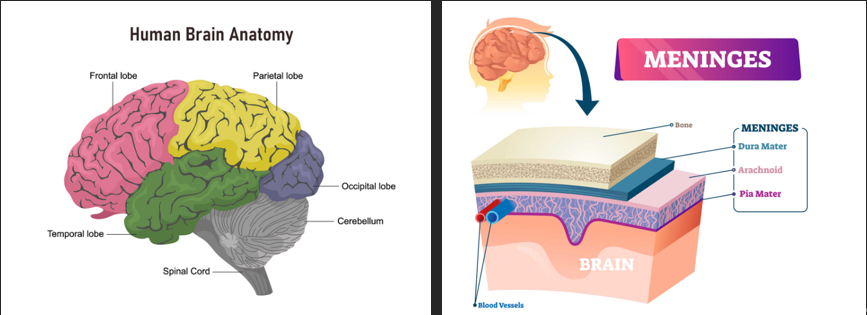

Volume 166
Published on June 2025Volume title: Proceedings of CONF-SEML 2025 Symposium: Machine Learning Theory and Applications
Alzheimer’s disease (AD) is a progressive neurodegenerative disorder, and its exact causes and influencing factors remain unclear. Traditional diagnostic methods require substantial human effort, often lack sufficient accuracy, and are challenged by the subtlety of early symptoms, which can easily be misinterpreted as other age-related conditions such as senile depression. In recent years, the integration of machine learning (ML) and deep learning (DL) techniques has provided new possibilities for improving early diagnosis. This paper reviews the basic theory of AD, introduces diagnostic approaches that apply ML and DL methods, and discusses current limitations in data availability and model performance. Finally, it explores future trends aimed at enhancing the accuracy and efficiency of intelligent AD diagnosis systems. This study aims to provide a comprehensive overview of current research progress and offer theoretical support for the future development of intelligent early diagnostic tools for Alzheimer's disease. It also serves as a reference for applying artificial intelligence techniques in the broader field of neurodegenerative disease detection.

 View pdf
View pdf


The problem of network security is becoming more and more serious, which brings huge losses to individuals, enterprises and countries. Concurrently, artificial intelligence(AI) has made remarkable progress, and its application in the field of network security has gradually received attention. This paper focuses on the application of AI in the field of network security, and comprehensively compares AI-driven approaches with traditional network security protection methods by using literature research method, case analysis method and comparative analysis method. The objective is to assess the effectiveness and challenges of AI technologies in enhancing network security. The study found that artificial intelligence, relying on machine learning, deep learning and natural language processing and other technologies, performs well in intrusion detection and defense, malicious code identification and defense, and network security situation awareness, which can effectively improve the level of network security protection. However, it also faces many challenges in its application. To address these challenges, the paper proposes methods to enhance the application of AI in network security protection, such as improving the diversity and quality of data, simulating different network environments and attack scenarios, encrypting the collected data, and evaluating models with multiple verification methods.

 View pdf
View pdf



Colorectal Cancer (CRC) is a highly prevalent malignancy globally, and early prediction is crucial for improving prognosis. This study used a multidimensional CRC dataset (n=1000) provided by the Kaggle platform, which contains 14 clinical and lifestyle characteristics. First, data imbalance was mitigated through Random Oversampling (ROM) and standardization. Subsequently, a comprehensive evaluation was performed on seven baseline machine learning models, including Gradient Boosting Decision Tree (GBDT), eXtreme Gradient Boosting (XGBoost) and so on. Based on performance metrics such as accuracy and F1 score, GBDT and XGBoost were subsequently selected as the optimal base learners. Finally, the predictive probability features generated by the base learners are fed into the meta-learners such as Random Forest (RF), K Nearest Neighbor (KNN) and Multi-Layer Perceptron (MLP) for secondary modeling. The interpretability of the model is achieved through the Shapley Additive exPlanations (SHAP) value, which quantifies the marginal contribution of each feature to the prediction. Experiments show that the RF integration architecture based on GBDT and XGBoost baseline models has the best performance (accuracy of 0.9527 and AUC of 0.9923). SHAP analysis showed that Activity_Level and BMI were core predictors with limited contribution from gender, confirming the prioritization of exercise and weight management in CRC prevention. The framework demonstrated excellent robustness and maintained its predictive advantage even when inefficient base models e.g., Logistic Regression (LR) were introduced. This study provides an interpretable machine learning paradigm for CRC risk stratification with potential for clinical translation.

 View pdf
View pdf



This article proposes a framework for automatic classification and recommendation of information resources based on deep learning. Through neural networks and natural language processing techniques, automatic classification of information resources can be effectively achieved, and personalized suggestions can be provided based on user behavior and semantic features of items. The classification adopts a combination of convolutional neural network and long short-term memory network for more accurate localization of text labels; The combination of deep learning collaboration and content recommendation algorithm is recommended to improve the recommendation effect. The experiment shows that this design method has improved accuracy and recommendation effectiveness compared to traditional classification and recommendation methods, and has the advantages of high accuracy and high real-time performance, which can meet the needs of information processing in large-scale data processing.

 View pdf
View pdf





